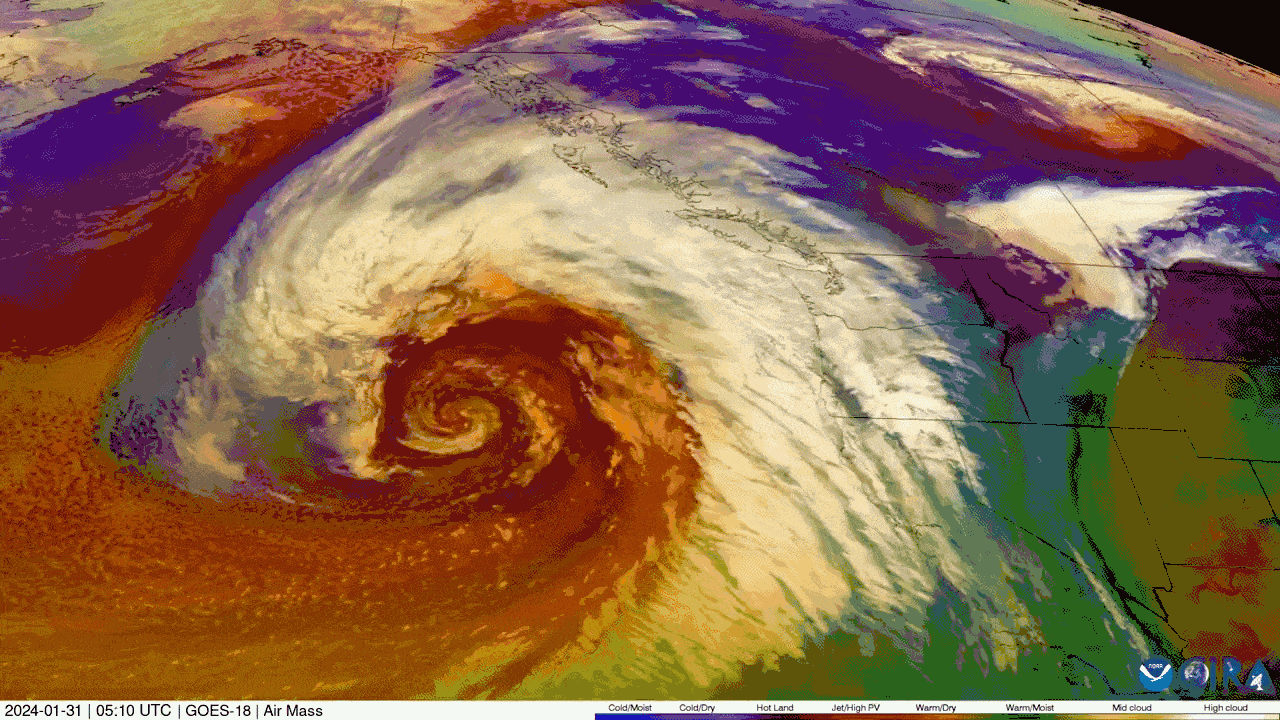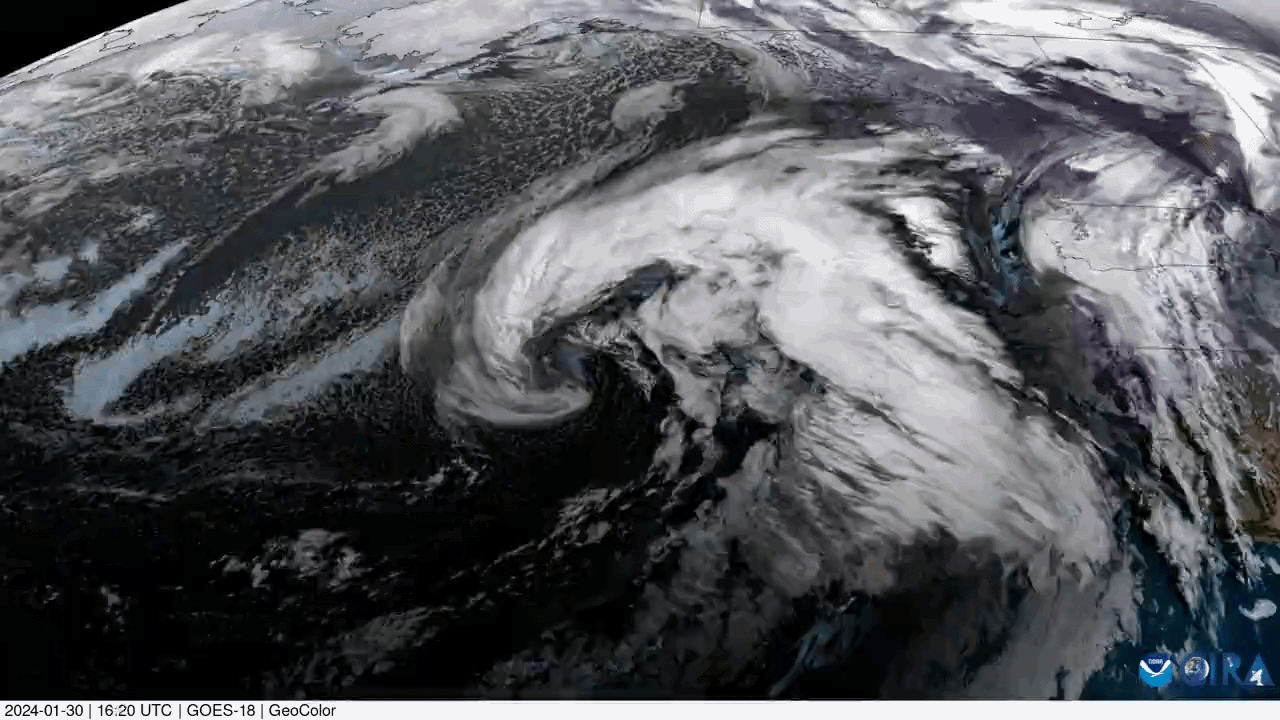
California is bracing for heavy weather as two atmospheric rivers, known as Pineapple Expresses, are expected to hit the state in quick succession. The first storm has already started hitting the San Francisco Bay Area with heavy rain and gusty winds. Forecasters expect an even more powerful storm to follow it on Sunday. While California can see up to five inches of rain in one day when a Pineapple Express arrives, Northern California is expected to get three to five inches of rain, with some spots receiving more than six inches. The Sierra Nevada mountain range is also expected to get two feet of snow, but more than three feet in higher elevations.




